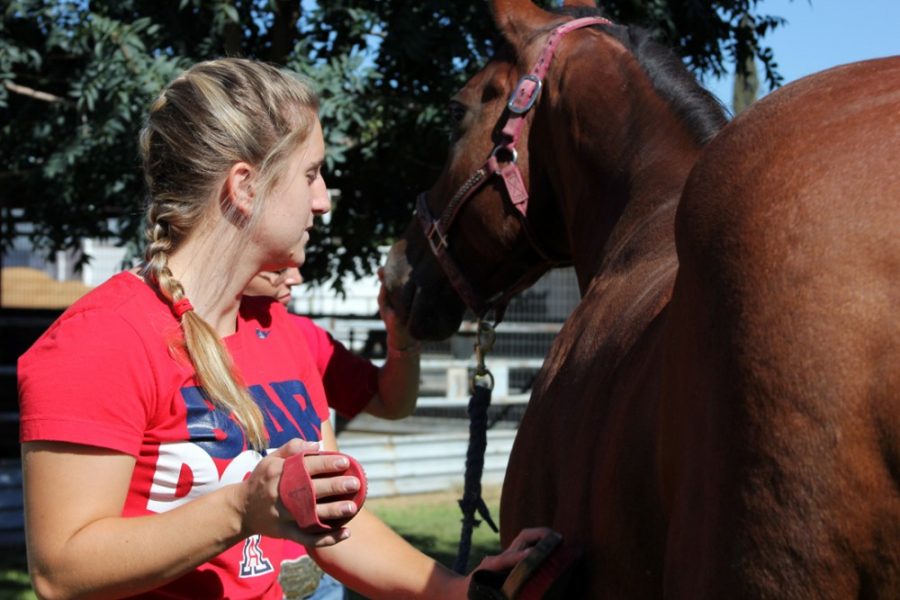The College of Agriculture and Life Sciences is introducing a veterinary medicine degree program, anticipated to launch fall 2015.
The Arizona Board of Regents officially approved the program during its meeting at Northern Arizona University on Sept. 25.
The program will give in-state residents a chance to obtain a veterinary medicine degree at half the cost of normal veterinary program costs across the nation, according to Shane Burgess, dean of the College of Agriculture and Life Sciences. He compared it to a veterinary medicine degree from Midwestern University, an Arizona private university that requires four years as a full-time student and costs just under $55,000 per session. This does not include what in-state students would have already spent on their undergraduate career at the UA.
According to Burgess, the program cost is low compared to other veterinary programs because CALS is already established, which takes away a lot of expensive administrative costs. He also said there are already resources available in the college that will be useful for the veterinary science program.
“As far as we know, we’re the first veterinary medical education program ever to have been started with student cost issues front and center as one of the priorities,” Burgess said.
The amount students will get charged per year is going to be spread out over 12 months, which makes it more cost effective, Burgess said.
According to Burgess, the program will provide 11 sessions of education, and each session is equal to a semester, which he compared to other programs that provide eight sessions. Burgess said the program is cheaper and will provide nearly 50 percent more education.
“We have a very engaged consultative board that helps us very specifically define what competencies need to be trained for people to be successful,” Burgess said. “This means that we can refine details of the curriculum that are obsolete and focus on the things that are really important, so that every bit … of information and time students are involved in the program and paying for actually has real value and tangible value.”
Andrew Comrie, provost and senior vice president for academic affairs, said people forget that the veterinary science and animal science majors have about 800 to 900 students enrolled right now, and that a lot of those students were seeking to study veterinary medicine elsewhere because there wasn’t a program implemented at the UA. Comrie said he expects a number of students to transfer into the program that the UA will offer.
Monique Garcia, a veterinary science senior, said the program is a great option to pursue her career in veterinary science. “It’s really difficult to go out of state as an Arizona resident, even with scholarships,” Garcia said. “It doesn’t seem like going to vet school as an Arizona resident is as likely, so it opens a lot more doors for veterinary students in Arizona to pursue their profession.”
_______________
Follow Adriana Espinosa on Twitter.









